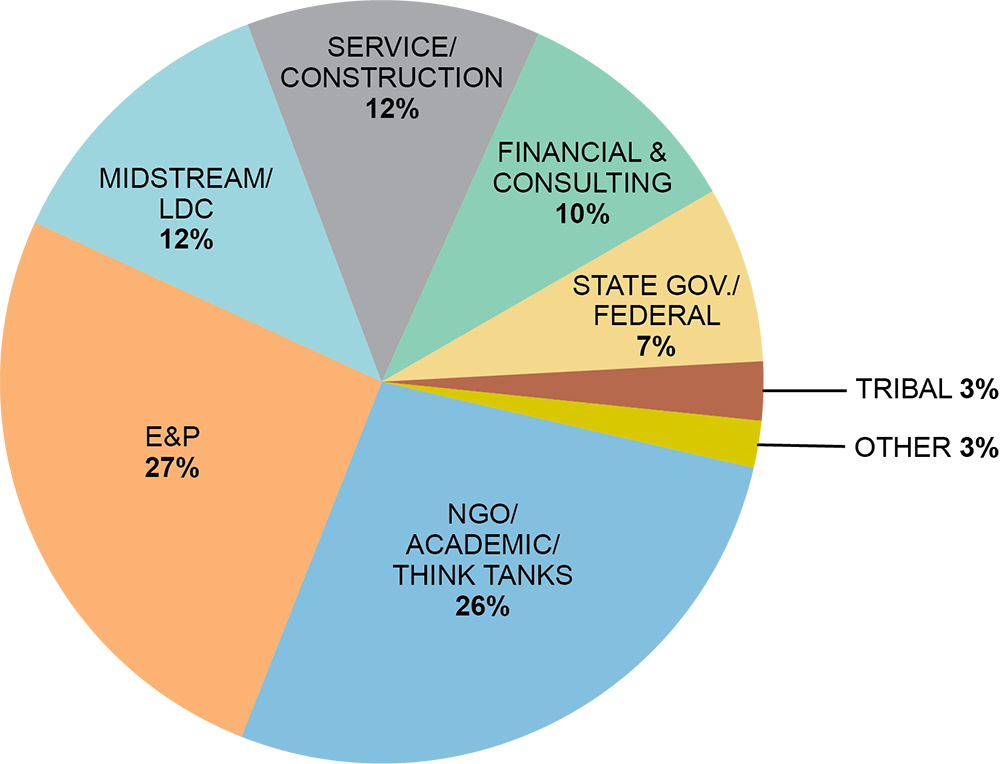




GHG Emissions from US Natural Gas supply
Natural gas is the largest primary energy produced in the United States and its use is growing. Yet getting this gas to homes and businesses creates greenhouse gas emissions. That’s why reducing emissions from America’s natural gas is an urgent priority that requires collaborative solutions.
The National Petroleum Council brought together a diverse group of stakeholders with the expertise to analyze this complex issue and identify ways to reduce natural gas GHG emissions for all future supply and demand scenarios. The result: actionable consensus on ensuring a lower-emission natural gas system.
The study’s research charts a course forward to meaningfully reduce emissions from the natural gas system, contributing significantly to the United States’ ability to achieve its climate goals. The report concludes that through the implementation of existing policies, voluntary commitments, technologies, and market mechanisms, a 63% reduction in methane emissions can be achieved by 2030. The report went further to identify an additional pathway that methane emissions decrease by 70% and carbon dioxide emissions reduce by 33% through 2050.

GHG Study Participation Diversity
The study participants were drawn from NPC members’ organizations as well as from many other industries, federal, state, and Tribal agencies, NGOs, other public-interest groups, financial institutions, consultancies, academia, and research groups. More than 200 people served on the study’s committee, subcommittee, task groups, and subgroups. While all have relevant expertise for the study, about half the study members are from the oil and natural gas industry. This broad participation was an integral part of the study with the goal of soliciting input from an informed range of interested parties.